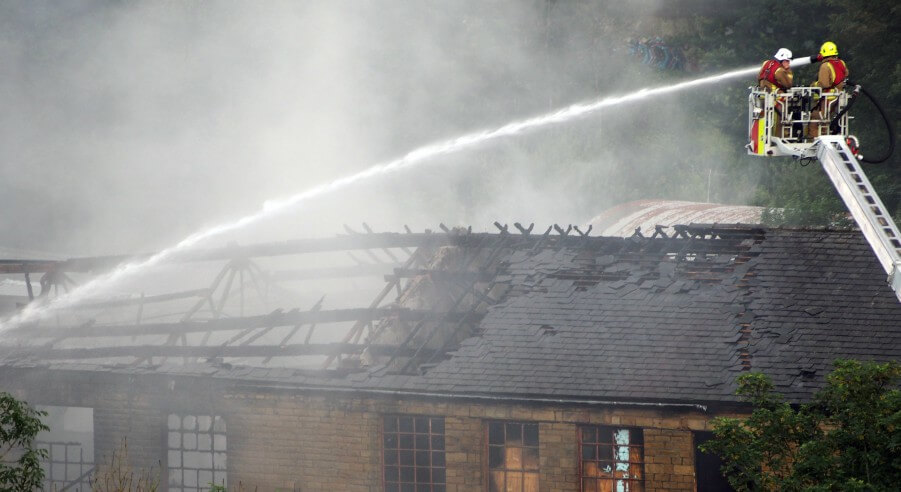
“Trouble at t’mill” might once have been a light-hearted phrase echoing the North’s industrial past, but for today’s property owners, it can be all too real.
The cotton, wool, and textile mills of Northern England stand as iconic symbols of our industrial heritage. While their historical and architectural value is undeniable, insuring these unique buildings has become increasingly difficult. From structural concerns to elevated fire and arson risks, historic mills pose a range of challenges that many mainstream insurers are reluctant to take on.
Whether a mill is standing empty, under renovation, converted into homes or home to thriving businesses, the risks often outweigh the reward for insurers.
Why are mills so difficult to insure?
Many former mill buildings were constructed using open timber floors and cast iron supports. These materials pose a heightened fire risk – timber accelerates the spread of flames, and cast iron can buckle or collapse under intense heat. Combined, this increases the likelihood of a total loss in the event of a fire.
Adding to the complexity, many mills are now home to multiple tenants or businesses, such as light manufacturing, textile operations, or creative workspaces – each carrying their own set of risks. In other cases, mills may sit empty or partially used, increasing their exposure to arson and vandalism.
Rebuild value vs. market value
One of the most common pitfalls with insuring these types of properties is confusion around valuations. Mills can be purchased relatively cheaply however would cost significantly more than the market value if they had to be rebuilt. As insurance cover is nearly always based on rebuild cost (and not market value) this can mean that new mill owners can be in for a shock when it comes to the cost of insuring these properties.
Limited cover & high premiums
Due to these elevated risks, particularly for vacant mills, many insurers will want to restrict cover to basic FLEA perils (Fire, Lightning, Explosion, and Aircraft impact). Even then, premiums can be steep. However, there are still specialist markets offering wider protection, especially when clients can demonstrate proactive risk management.
What can property owners do?
If you own or manage a mill property, here are a few ways to improve your insurability:
- Install fire and intruder alarms with remote monitoring
- Ensure that the property is clear of all combustible materials
- Carry out and document regular risk assessments and property inspections
- Maintain clear and updated records of occupancy and usage
How Champion Insurance Group can help
At Champion Insurance Group, we understand the unique challenges that come with insuring mills and historic industrial buildings. Whether your property is operational, under renovation, or standing vacant, we can provide tailored cover through our specialist markets, including via Lloyd’s of London.
Our experienced team will guide you through the insurance process to ensure that you’re protected with the widest cover available.
If you’re struggling to find competitive or comprehensive insurance for your mill, we’re here to help. Contact Champion Insurance Group today on 03330 430 430 for expert advice and bespoke insurance solutions.



